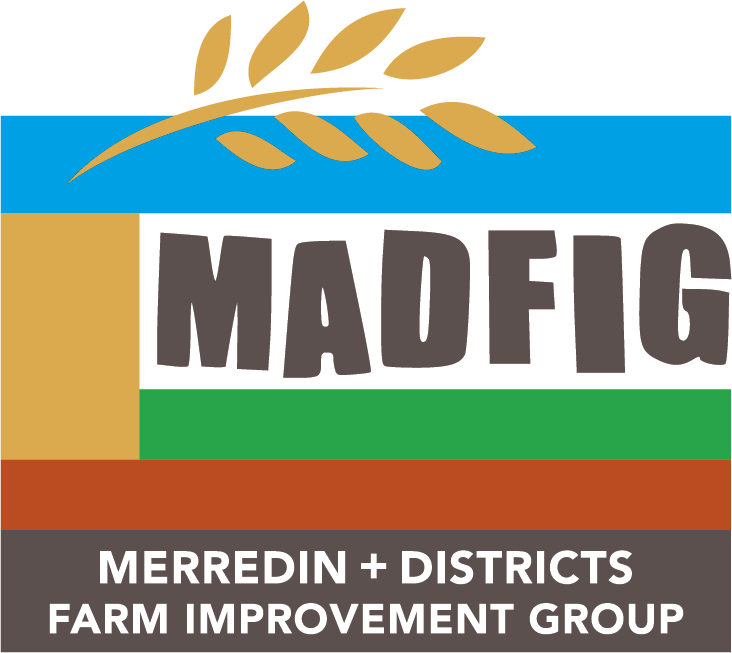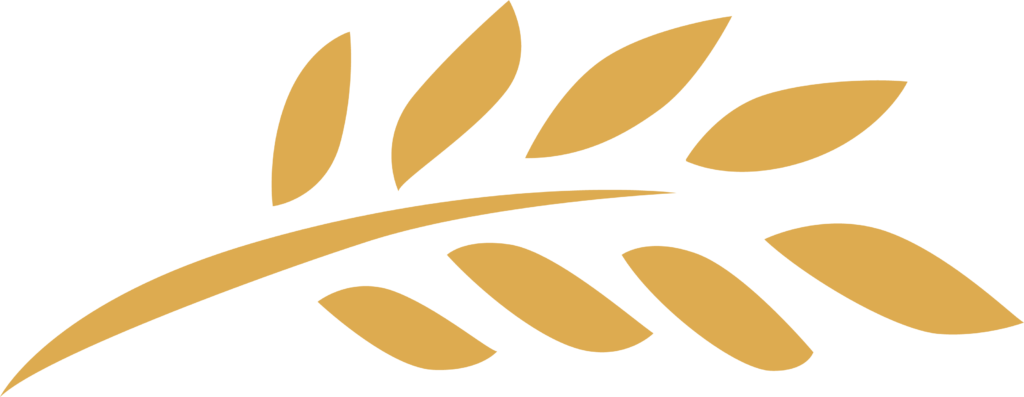MADFIG Projects
WaterSmart Dams
Funded by Australian Government’s Future Drought Fund and DPIRD.
MADFIG is one of four Grower Groups participating in this three year program which aims to develop knowledge and water planning tools for farmers who need their dams to work in all years, and be able to make water investment decisions with confidence.
The project involves demonstration sites, building farm-based water planning tools, workshops, field days and industry training. The overall project will investigate solutions including renovating existing dams, building new dams, and implementing evaporation suppression and runoff technologies.
MADFIG’s project has three key demonstration themes:
1. Retrofitted Roaded Catchment.
An existing dam that had recently been renovated and extended, was chosen to test if supply reliability could be improved. A “Roaded catchment” is being “retro-fitted” to an existing dam in an attempt to maximise run-off during smaller and more intensive rainfall events. Current design strategies for already low rainfall environments will be implemented in an attempt to improve water flow. UWA will install a simplified weather monitoring station with water inflow and level logger technology to measure what’s going in and relate it to weather and climatology. There is potential for an evaporation reduction treatment.
- On-site works began in early May 2023 with a local contractor engaged. A project site inspection was undertaken in late May. Expected completion date is June 30th
- Early June 2023 – waiting on further rainfall to complete on ground works including installation of a monitoring culvert.
- A pop-up site visit will occur in late August of 2023. Check usual channels for details.
2) Farm Water Quality testing
This theme investigates a range of farm water sources sampled within the MADFIG membership area. Their water quality will be tested and monitored. We will examine the quality over time, the efficacy of existing water sources currently utilised for crop spraying, and livestock health. Sampling will be undertaken across a range of sites of dams and bores using the Agricultural Water “Scheme” as a control. Sampling will occur early in the Winter season and again at the end of the growing/spraying season to compare the results.
- Multiple Farm sources were sampled in Round 1 during April 2023. AHRI Research Officer Roberto Lujan Rocha is currently conducting testing on the samples.
- MADFIG will host a community update presentation in late July on Dam technologies and the Water Quality program interim results.
3) WaterSmart Farms Desalination options for the Eastern Wheatbelt
This theme will focus on looking at work on desalination options and water quality for growers and sharing locally the learnings from the Existing ‘sister’ project relating to on farm desalinisation solutions part of the WaterSmart Farms Project MADFIG is proud to have released a curated series of podcasts. Listen to Richard George explaining the Water Smart Farms project here. MADFIG is proud to have released a curated series of podcasts. Listen to Richard George explaining the Water Smart Farms project here.
Activities of the overall program
- In partnership with growers, better understand how dams can function in dry years and through co-design develop new farm water planning tools to create more drought-resilient farm enterprises and regional communities.
- Investigate and develop an understanding of how to make dams work again in dry years
- Partner with University of Western Australia (UWA) and the Department of Primary Industries and Regional Development experts, reviewing farmer-hosted demonstration sites and data on dam-based solutions
- Create a co-designed customisable WaterSmart Evaluation Tool (WET)and sharing knowledge under development by UWA ‘Centre for Water and Spatial Sciences’ team. MADFIG has provided input into the App and the UWA team attended the 2023 GRDC Regional Crop Updates in March 2023 to meet with growers.
- Make the WET tool freely available and supported beyond the end of the project by UWA. WET will also capture existing knowledge on desalination from the WaterSmart Farms project. The apps will support individual farms, private contractors, water planners and local communities to make drought resilient investment decisions
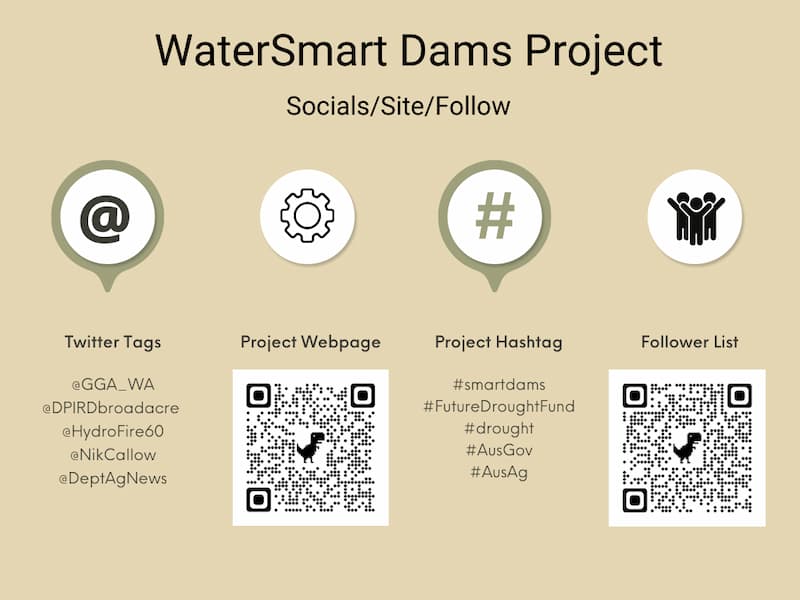
- UWA’s research team on the road for a WaterSmart Dams check-in | June 2023
- WaterSmart Dams Grower Survey Summary | February 2023
Growers and producers are also encouraged to complete the WaterSmart Dams Issues and Interest survey, sharing your on farm water storage hurdles as well as indicating your interest in WaterSmart technologies.
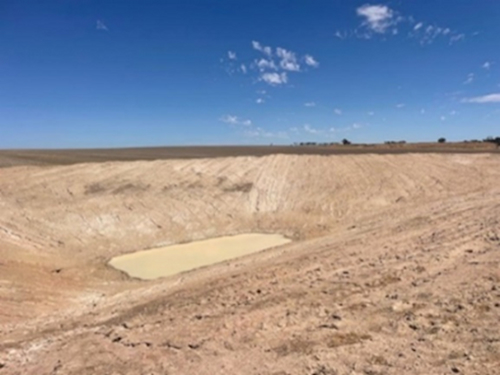
Figure 1: Giles Property Dam
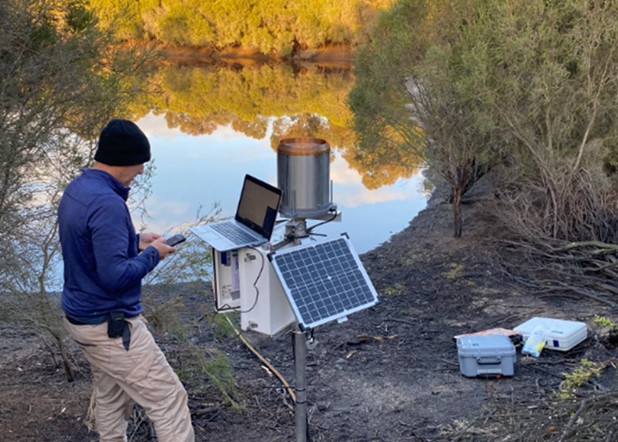
Figure 2: Nik Callow commissioning the Weather monitoring equipment (similar to installation at Leigh Giles demonstration site at Baandee).
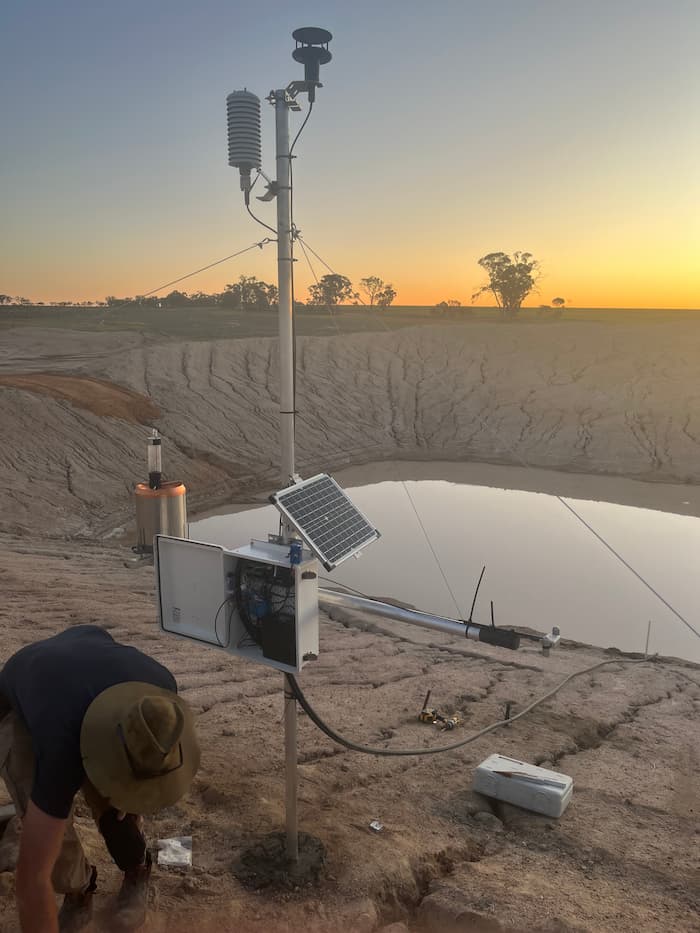
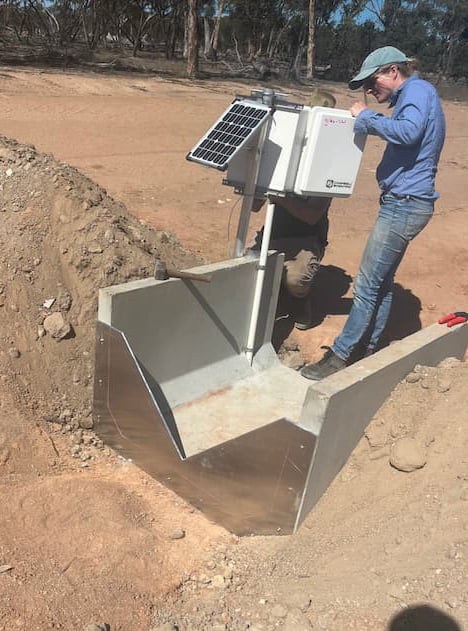
Figure 3: Weather and monitoring is now installed at the MADFIG Demo site.
